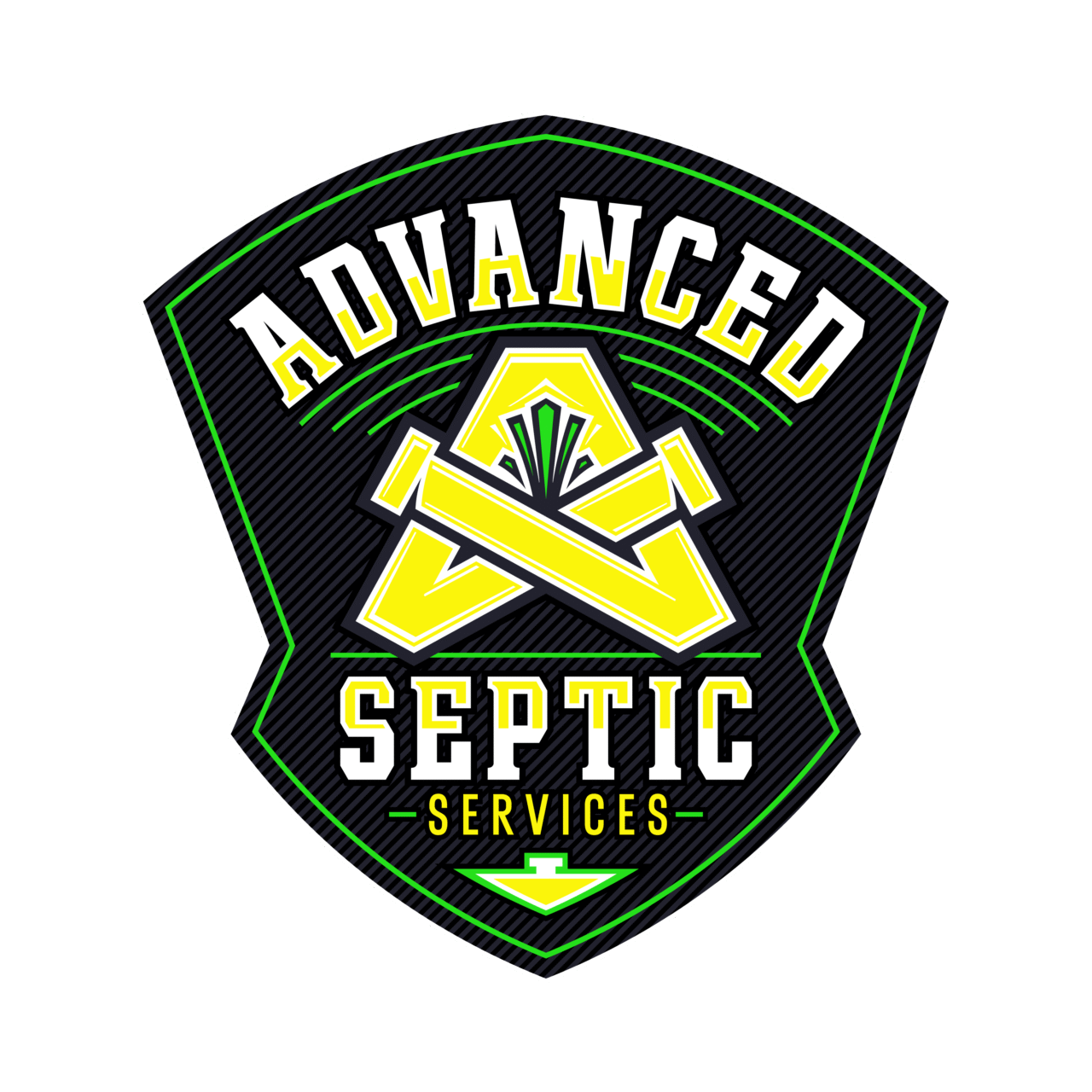If your septic drain field not draining, you may notice pooling water, foul odors, or soggy grass. Early symptoms, like a clogged septic drain field or leach field problems, can harm your yard and home safety. This guide explains why this happens, how to unclog a septic drain field, and what steps to take next.
Understanding the Septic Drain Field
A septic drain field, also known as a leach field, is the part of your septic system that handles final wastewater treatment. Effluent leaves the septic tank and flows into perforated pipes buried in gravel trenches. The wastewater then percolates into the surrounding soil, where the soil naturally filters out bacteria, viruses, and nutrients.
When your septic drain field is not draining, this essential filtration fails to take place. Effluent can surface in the yard or saturate soil. The waste may also back up, leading to leach field problems. This often stems from a clogged septic drain field, compacted soil, or a damaged system that prevents proper dispersal.

Common Problems When Your Drain Field Doesn’t Drain
If your septic drain field not draining, wastewater won’t disperse correctly. These are the most frequent causes of a clogged septic drain field, leach field problems, or a clogged leach field:
- Biomat clogging: This slimy organic layer thickens over time and blocks soil absorption. It can turn your leach field into a flooded lawn
- Hydraulic overload: Excess water use overwhelms the field’s capacity. It stops proper dispersal and may lead to a system failure.
- Soil compaction or poor drainage: Heavy soil or compacted ground can’t absorb effluent. This causes backups and may require soil aeration to resolve.
- Tree root intrusion or pipe damage: Roots infiltrate or crush pipes, leading to backups and septic drain fields not draining.
- Design flaws or age: Older systems or poorly designed ones struggle to function properly, triggering leach field problems.
Signs Your Drain Field Is Clogged
Recognizing early signs of a clogged septic drain field helps prevent serious issues and costly damage.
Surface Warning Signs
- Standing water near the leach field or septic drain field not draining properly signals a failing system.
- Bright growth in that area often means your drain field is overfertilized due to leach field problems.

System Symptoms
- Slow draining toilets, sinks, or laundry: Multiple fixtures backing up commonly indicate a deeper issue, not just a plumbing clog.
- Sewage odors near the drain field: Bad smells around the field or yard suggest untreated effluent is surfacing.
- Backups in the home when the field fails: As the septic drain field not draining worsens, wastewater may backflow into your home.
How to Unclog a Septic Drain Field
When your septic drain field not draining, quick and targeted strategies can restore proper flow and prevent further damage.
- Use a sewer jetter (hydro-jetting): This high-pressure water cleaning method blasts away debris, grease, and even root obstructions in drainfield pipes. It’s a proven way to unclog a septic drain field effectively and safely.
- Reduce household water usage: Cutting back water use by up to one-third in severe cases eases strain on the field and helps it recover. Spacing out major tasks like laundry and dishwashing can reduce risk of a flooded leach field.
- Remove compacted soil or aerate the area: Compacted soil repels water, worsening leach field problems. Aerating the area with mechanical tools or approaches like Terralift can restore soil absorption and help unclog the field.
- Cut back nearby tree roots or plants: Roots can infiltrate and choke drain lines. Hydro-jetting helps remove roots temporarily, but trimming invasive trees or installing barriers is essential to avoid recurring blockages in your drain field.
Temporary Measures and Examples
When your septic drain field is not draining, these temporary steps can help limit damage while you arrange for proper repairs:
- Redirect gutters, downspouts, and sump pump discharge away from the drain field. Limit showers, loads of laundry, and dishwashing to give your leach field time to recover.
Preventing Future Leach Field Problems
Consistency is key to preventing a septic drain field from not draining in the future. Follow these preventive steps:
- Routine pumping prevents sludge and buildup that lead to a clogged leach field or clogged septic drain field.
- Avoid running dishwashers, washing machines, and showers all at once. This reduces hydraulic stress on the drain field.
- Compacted soil and root intrusion can worsen leach field problems and reduce drainage efficiency.
- These filters trap solids and reduce the risk of clogging downstream, extending the life of your drain field.
- A correctly designed drain field with suitable soil prevents premature failure. A percolation test should validate soil permeability before installation.
Act Now When Your Septic Drain Field Is Not Draining
If you notice your septic drain field is not draining, act quickly to prevent severe damage. Delayed response to leach field problems, such as a clogged septic drain field or other clogged leach field issues, allows waste to back up or pool in your yard. Knowing how to unclog a septic drain field even just the basic steps can protect your property, save money, and maintain system health for years to come.
Don’t wait for septic problems to get worse ,call 780-691-0588 now or fill out the form for fast, reliable 24/7 service from Advanced Septic Services.
FAQs
1. What is a septic drain field?
A septic drain field, also known as a leach field, is the final stage of a septic system. It consists of perforated pipes buried in gravel trenches. Effluent from the septic tank flows into these pipes, percolates through the gravel, and is naturally filtered by soil. This process safely disperses wastewater into the ground.
2. How long do septic drain fields last?
A well-designed and maintained drain field typically lasts 20 to 30 years. With proper care and favorable conditions, some fields can remain functional for up to 50 years. Factors such as soil quality, regular maintenance, and avoiding overloading determine longevity.
3. What is the field of the septic system?
The field refers to the septic drain field or leach field that disperses treated effluent into the soil. It’s a critical component of the septic system responsible for the final wastewater treatment before it returns to the environment.
4. How do you know if your septic drain field is bad?
Signs of a failing field include:
- Pools or soggy spots in the yard, despite no rain.
- Bright green or spongy grass above the field.
- Sewage odors near the drain field.
- Slow-draining fixtures or backups in the house.
These symptoms suggest a septic drain field not draining properly and underlying leach field problems.
5. What is the purpose of a septic system?
A septic system processes household wastewater on-site. Solids settle in the septic tank while effluent passes to the drain field. There, the soil further treats the effluent by filtering out pathogens, protecting groundwater and the environment.
6. How deep is a septic drain field?
Typically, drain field trenches are buried between 12 to 36 inches deep. Some installations may require shallower or deeper placement based on soil type and climate. Trench width often ranges from 18 inches to 3 feet, depending on local standards.

